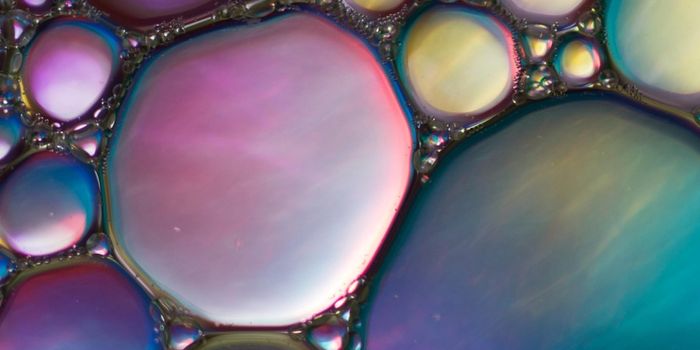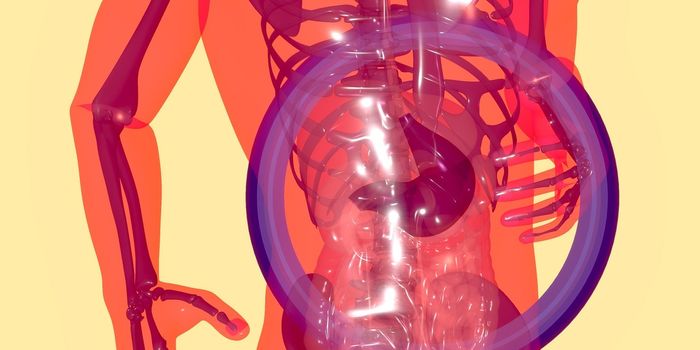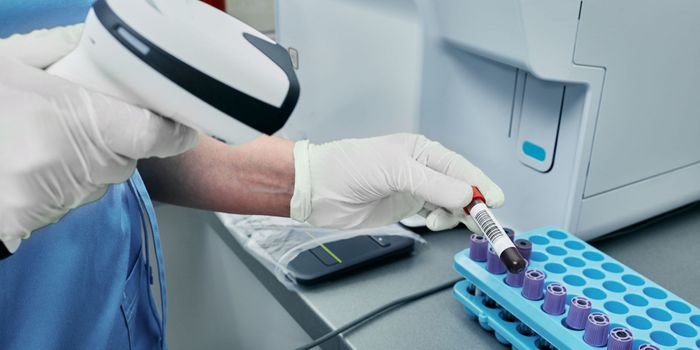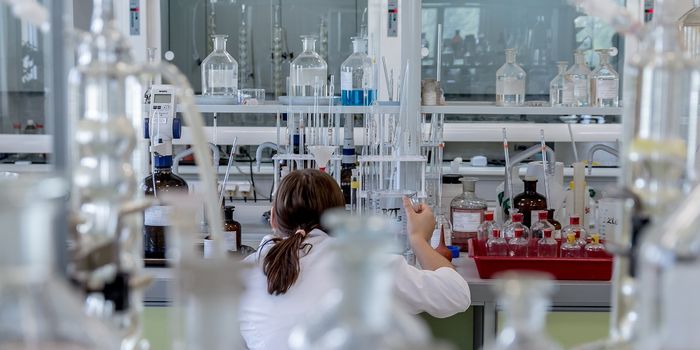Visualizing a Tumor Suppressor in Action
Many types of cells in our bodies are short-lived and need to be replenished. New cells are created when a parent cell divides into two daughter cells. Cell division has to be tightly regulated by the body; cancer can arise when something goes awry with that regulation and a cell begins to divide uncontrollably. One regulator of cell division is the p53 protein, encoded by the p53 gene.
p53 serves a critical function as a controller of the division and death of cells and the repair of damaged DNA. It enables normal, healthy cells to divide when they should, and cells with damaged DNA (which can lead to uncontrolled cell division) to cease division and begin repairs, or die off if the damage is too severe to be fixed.
An animation of the action of p53 has now been created. It is meant to help researchers understand what we know now about p53, said the creator of the animation, Ms. Etsuko Uno.
"The most frequently mutated gene in human cancer is p53 - and it is, I think, the most important tumor suppressor protein. Mutations of the p53 gene are particularly common in several prevalent cancer types with poor prognosis, including lung cancer, ovarian cancer, and pancreatic cancer," said cancer researcher Dr. Gemma Kelly, the narrator of the animation.
"Despite 40 years of intense research into p53, there is still a lot to learn about how this tumor suppressor works, in order to develop better therapies for cancers that have defective p53."
"Working closely with our researchers, I was able to produce very complex pictures of p53 functioning within cells, which reflect the most up-to-date data about this tumor suppressor," added Uno. "This has been one of the most challenging proteins I have illustrated, because - unlike most other proteins I have tackled - this protein is largely unstructured. WEHI's structural biology researchers provided valuable guidance on how to accurately depict it."
"To create the detailed molecular shapes and movements, we turned to technologies used to make computer games, using a production software called Unity," Uno said.
The video shows p53 responding to damaged DNA in cells, as it activates the production of DNA repairing proteins. It also halts cell division so the repairs can be made without being transmitted to new cells. When a cell is damaged beyond repair, p53 can trigger apoptosis, a pathway in which the cell dies on purpose.
If p53 itself is damaged, and it cannot properly perform its functions, DNA that’s damaged is not repaired, and cancer can develop.
Animations can be a great help to those that learn best by visualizing things and can provide a new context.
"It's a wonderful educational resource, which clearly explains how p53 protects us from cancer," said Professor Andreas Strasser. "I am thrilled to see how it incorporates the latest discoveries about how p53 functions - including discoveries made by my own research group - incorporated in a dynamic and scientifically accurate way."
Sources: AAAS/Eurekalert! via Walter and Eliza Hall Institute








